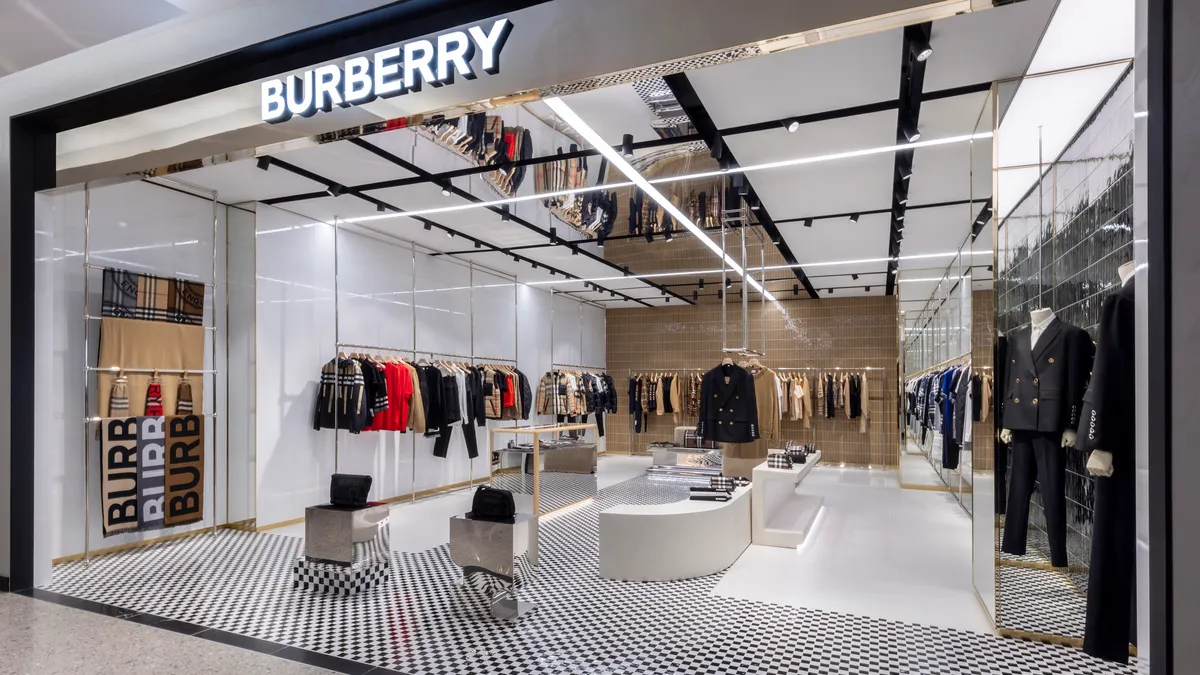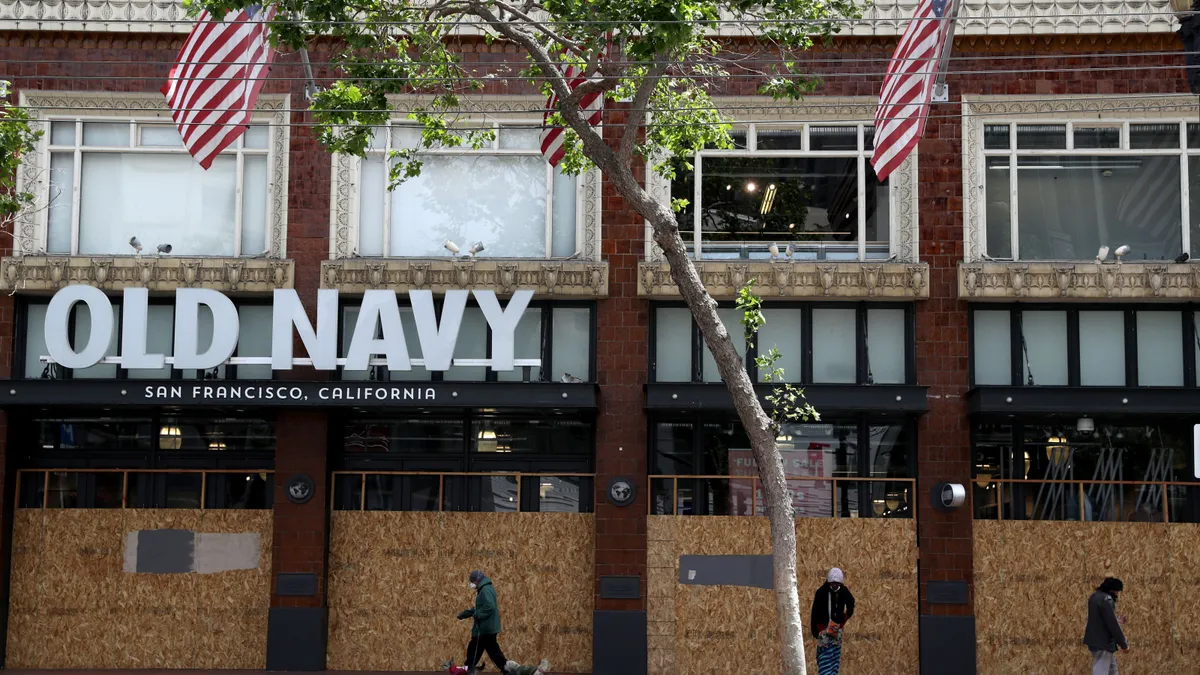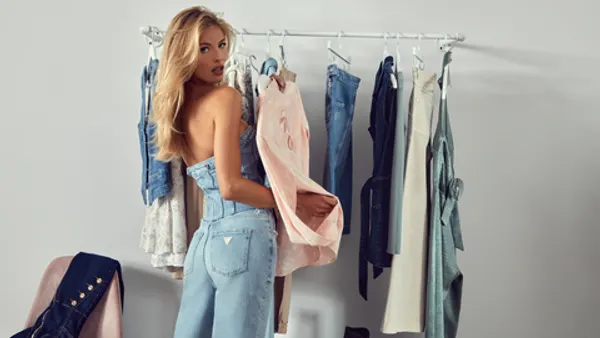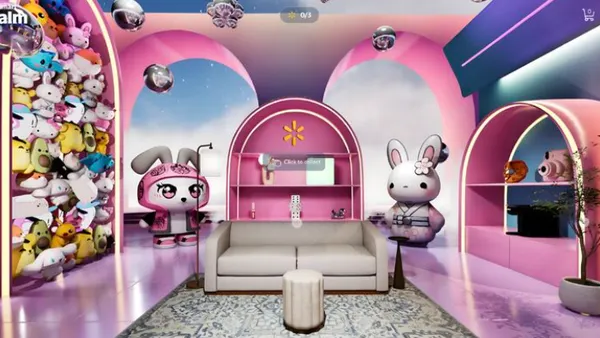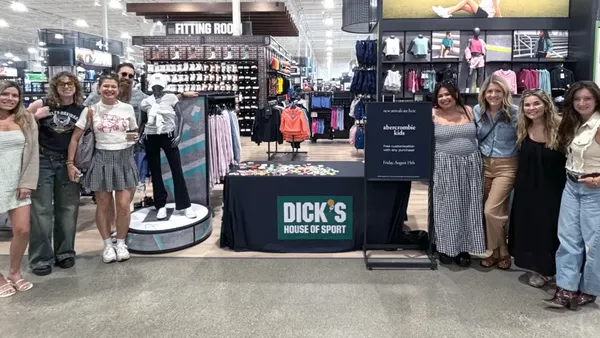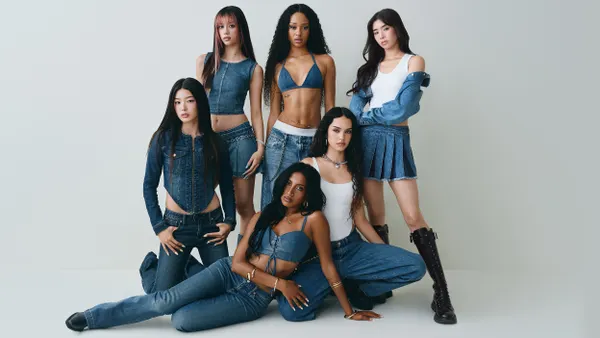NEW YORK — Rapper ASAP Rocky was photographed recently wearing a Burberry scarf.
The way he wore the winter accessory was “the perfect nonchalant styling for a scarf,” Burberry CEO Joshua Schulman told an audience Sunday at the National Retail Federation’s Big Show conference.
Schulman assumed that the company gifted him the item and was surprised to learn that it wasn’t paid media. During the holiday season, the rapper bought it for himself.
“Somebody who can have anything in the world that he wants — that's a good sign that he went to our most iconic piece,” Schulman said. “It reminds me of…a phrase I keep saying, internally — ‘we have the most opportunity where we have the most authenticity.’”
Schulman became the chief executive of the fashion house in July following a long history in the industry. He previously was CEO of Michael Kors, CEO and president of Coach, CEO of Jimmy Choo and was the president of Neiman Marcus Group, among other leadership positions.
The announcement of Schulman’s appointment came the same day the company reported a retail revenue decline of 22% in the first quarter of fiscal 2025, underscoring a particularly rough period as consumer demand dipped.
"We have the most opportunity where we have the most authenticity.”

Joshua Schulman
CEO, Burberry
By November, Burberry reported revenue for the first half of the fiscal year was down 22% year over year to 1.1 billion pounds, or about $1.4 billion at the time, with retail revenue dipping 21% and wholesale decreasing 30%.
The company responded with a turnaround plan: Burberry Forward.
“It became very clear that in recent years, despite a very strong brand awareness and affinity around the world, we had gone a little bit off course,” Schulman said in a conversation at the NRF conference with Chief Brand Officer at Nordstrom, Pete Nordstrom.
Burberry Forward has the goal of reigniting desire, reconnecting with the company’s core customer segment and focusing on the core outerwear and scarf categories.
Which explains why one of the world’s most famous rappers wearing an iconic Burberry scarf struck a chord with the fashion house — it’s a sign the company may be getting back on track.
“I think that sometimes when brands try to reinvent they say, ‘Yeah, you know, we're tired of our core. We're tired of who we are.’ But actually the coolest people in the world want the most authentic parts of our brand,” Schulman said of ASAP Rocky’s scarf appearance.
As part of its turnaround efforts, the company identified five customer archetypes: the opinionated segment, which is the most fashion-forward; the investor segment, which is more traditional but likes luxury products; the conservative segment, which is similar to the investor but purchases less frequently; the hedonist, which is a customer that is all about “old branding” and creativity; and the aspiring customer who also likes old branding but has fewer dollars to spend on product.
Those identified segments have given Burberry a framework around its marketing and a way to appeal to a larger breadth of luxury customers. However, Burberry wants to make it clear that the company is still a luxury business.
Schulman said when he started there was speculation that the company was going to reduce prices, go down-market or open outlet stores. “That’s not our plan,” he said. “We are a luxury brand with broad, universal appeal.”
And that brand comes with a heritage that can inform the present moment. “You can’t repeat the past. Nobody wants their clothes from 2007 back. But you need to recreate the way this feels, the way the brand feels, and the customer knows that,” Schulman said.
“You can’t rest in the past. You can’t just repeat the past. You have to create an echo of why people love the brand in the first place and adapt that for today’s consumer,” Schulman said.



